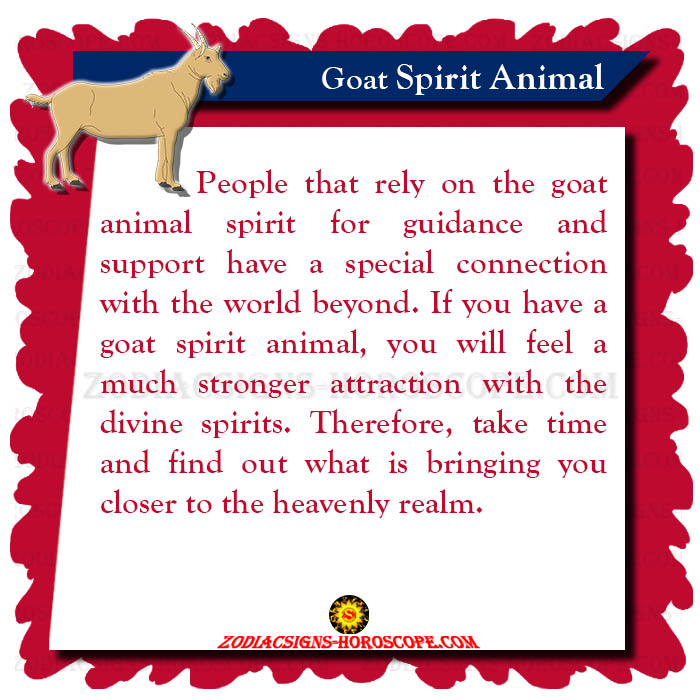
Doesn’t necessarily gauge how great you are but does affect how great you could have become. All athletes face them, some more than others. Wait, no cogent GOAT analysis is complete without mention of fate’s sudden and cruel neutralizer-injuries. Perhaps even more insightful than winning percentage, is head-to-head results then? Is this the closest we can get to apples-to-apples? Head-to-Head Records: Let the turf wars begin.Ĭonfused yet? Same here.

If we take clay out of the equation, Rafa only has seven slams. Hold on, you didn’t happen to forget that Nadal has a 91.8% on clay, did you? Good, because that’s one more variable to consider-playing surfaces. And while math has never lost a match in its life, it rarely wins hearts and minds. Greatness is a qualitative measurement, with intangibles that carry more human value than numeric.

What’s great to one person, might not be to the next. While the GOAT, on the other hand, is more subjective. It’s a quantitative evaluation backed by indisputable evidence. “Best” is substantiated with facts and stats. But what does it really mean to be the Greatest Of All Time? Does it mean the Best Of All Time? Does greatness mean best? Is the GOAT, also the BOAT? We should probably find out.įor starters, deciding the Best Of All Time is more objective. Eight years later, our friend LL Cool J dropped an album titled G.O.A.T. The now ubiquitous term first surfaced circa 1992, when Muhammed Ali’s wife named his personal licensing business G.O.A.T.

Besides being an acronym totally unrelated to the four-hoofed mammal, it’s been our culture’s shorthand for the “Greatest Of All Time” over the past few years.


 0 kommentar(er)
0 kommentar(er)
